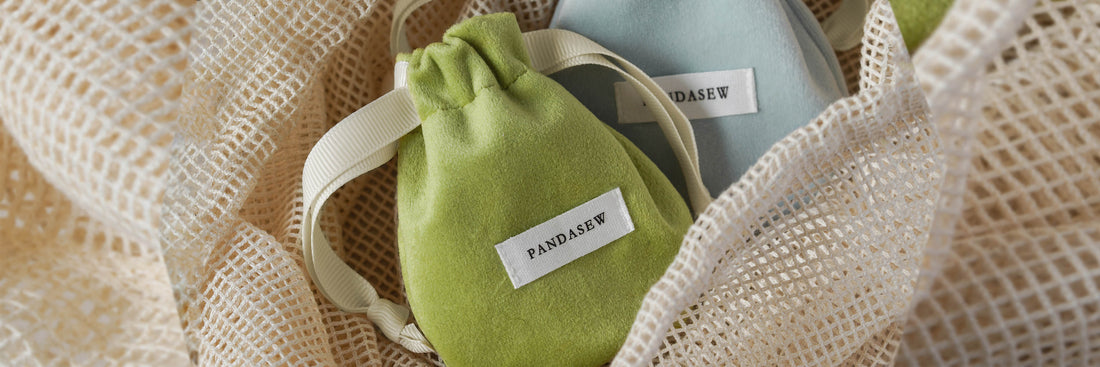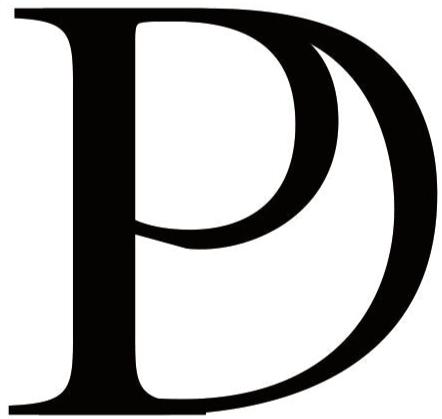
Cost Analysis of Different Jewelry Packaging Materials
1. A Diverse Array of Jewelry Packaging Materials
(1) Paper Packaging
Cardboard, corrugated paper, etc., are common representatives of paper packaging. Paper packaging is highly regarded for its environmental friendliness. It has excellent printability, allowing for the easy presentation of exquisite patterns and brand logos. It is highly customizable, and its raw material costs are relatively affordable. Keywords: jewelry packaging supplies, paper jewelry packaging
(2) Fabric Packaging
- Cotton Bags: Made of natural cotton, cotton bags are soft and skin-friendly, gently protecting jewelry. They have good air permeability, effectively preventing jewelry from getting damp and oxidized. They are highly printable and can be printed with brand patterns through silk screen printing, heat transfer printing, etc. The cost varies depending on the quality of cotton and the manufacturing process, and is generally moderate. Keywords: customized jewelry bag, personalized jewelry pouch, cotton drawstring bag, cotton dust bag
- Microfiber Bags: Microfiber, or ultra - fine fiber, has an appearance and performance similar to genuine leather. It has good wear-resistance and corrosion-resistance. Microfiber bags have a delicate texture, adding a touch of fashion to jewelry. The manufacturing process is relatively complex, but considering its durability, the cost-performance ratio is high in the long-term use.
-
Velvet Bags: Velvet and flannel fabric are soft and smooth, with an excellent handfeel, creating a luxurious atmosphere for jewelry and effectively preventing jewelry from being scratched. Flocked bags come in a rich variety of colors, which can be matched according to the style of jewelry. However, their raw material costs are relatively high, and the manufacturing process is also quite elaborate, resulting in a relatively high cost. Cardboard, corrugated paper, etc. are common representatives of paper packaging. Paper packaging is highly regarded for its environmental friendliness. It has excellent printability, allowing for the easy presentation of exquisite patterns and brand logos. It is highly customizable, and its raw material costs are relatively affordable.
(3) Plastic Packaging
(4) Wood Packaging
(5) Glass Packaging
(6) Metal Packaging
(7) Leather Packaging
Artificial leather is a synthetic material that imitates the appearance and performance of genuine leather. It is relatively more affordable in price, has certain flexibility and wear-resistance, and can meet the needs of some merchants who are sensitive to costs but still pursue the texture of leather.
2. In-depth Analysis of Cost Components
(1) Raw Material Costs
The raw materials for paper packaging are widely available and usually inexpensive.
For fabric packaging, the cost of cotton cloth for cotton bags is relatively transparent, the cost of microfiber raw materials for microfiber bags is moderate, and the price of flocking fabric raw materials for flocking bags varies greatly due to different quality.
Although the cost of plastic packaging raw materials is not high, the price of some special plastic materials fluctuates greatly. The cost of wood, glass, leather, and metal is relatively high.
(2) Processing Costs
The processing technology for paper packaging is relatively mature and simple, with high efficiency in large-scale production and low costs.
Among fabric packaging, the production process of cotton bags is relatively simple and the cost is low; microfiber bags require special processing to simulate the effect of genuine leather, and the processing cost is slightly higher; the sewing and closing processes of flocked bags are delicate, and the processing cost is high.
Plastic packaging can be quickly formed through injection molding, blow molding, etc., and the processing cost is controllable.
Wood packaging requires multiple manual or mechanical processes such as cutting, sanding, and carving, with high requirements for craftsmanship and high processing costs.
Glass packaging requires high - temperature firing and complex shaping processes, with large investments in equipment and labor costs.
Metal packaging processing requires professional technologies such as stamping and welding, with expensive equipment and high processing costs.
(3) Printing and Decoration Costs
Among fabric packaging, printing on cotton bags is easy and the cost is low; printing on microfiber bags and velvet bags needs to consider the material characteristics and choose appropriate printing methods, with moderate costs. Printing and decoration on leather packaging require professional techniques and have high costs.
Plastic packaging printing requires special inks and processing techniques, with slightly higher costs.
Printing on wood packaging is more difficult and often requires special decorative techniques such as laser engraving, with high costs.
Glass packaging printing requires high - temperature baking of inks, and the decoration process is complex, with high costs.
Printing and decoration on metal packaging also rely on special technologies and have high costs.
(4) Transportation Costs
3. Cases of Different Jewelry Packaging Materials
|
Packaging Material
|
Raw Material Cost
|
Processing Cost
|
Printing and Decoration Cost
|
Transportation Cost
|
Total Cost
|
|
Paper Packaging
|
$2000
|
$1500
|
$1000
|
$500
|
$5000
|
|
Plastic Packaging
|
$2500
|
$1800
|
$1200
|
$600
|
$6100
|
|
Wood Packaging
|
$5000
|
$3000
|
$2000
|
$1500
|
$11500
|
|
Glass Packaging
|
$4000
|
$3500
|
$2500
|
$1800
|
$11800
|
|
Metal Packaging
|
$6000
|
$3800
|
$2800
|
$1600
|
$14200
|
|
Cotton Bags
|
$3000
|
$2000
|
$1500
|
$800
|
$7300
|
|
Microfiber Bags
|
$3500
|
$2200
|
$1600
|
$900
|
$8200
|
|
Flocked Bags
|
$4500
|
$2800
|
$2000
|
$1000
|
$10300
|
|
Genuine Leather Packaging
|
$10000
|
$6000
|
$4000
|
$2000
|
$22000
|
|
Artificial Leather Packaging
|
$6500
|
$4000
|
$3000
|
$1500
|
$15000
|
